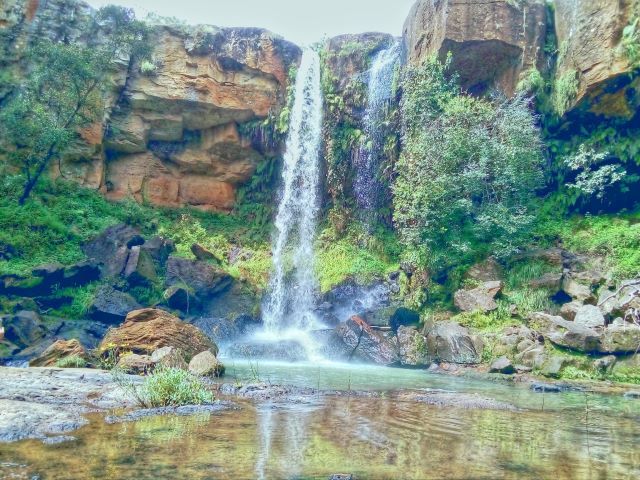Exploring the Cultural and Natural Wonders of Sierra de Nayar
Sierra de Nayar is a gorgeous region that is encircled on all sides by significant mountain ranges and natural wonders that have been merged with indigenous cultures.

Sierra de Nayar is where the Coras, the Huicholes, the Tepehuanos, and the Mexicaneros, who have kept their traditions and customs from their ancestors, settled. There are many places where you can buy beautiful handicrafts. Native businesses run by the community offer services to tourists in the area.




